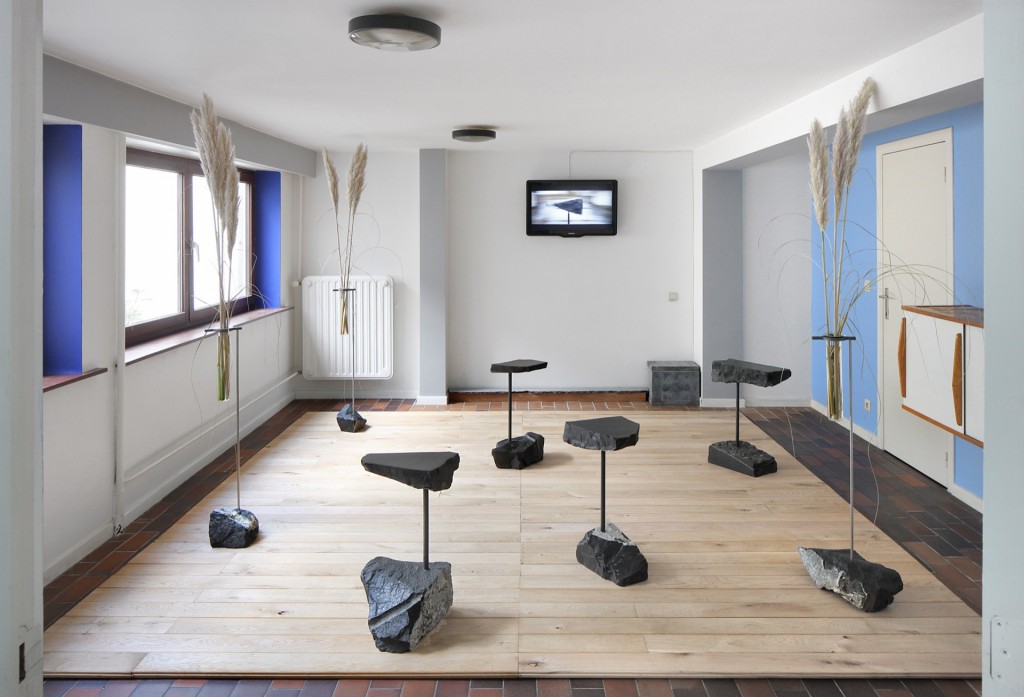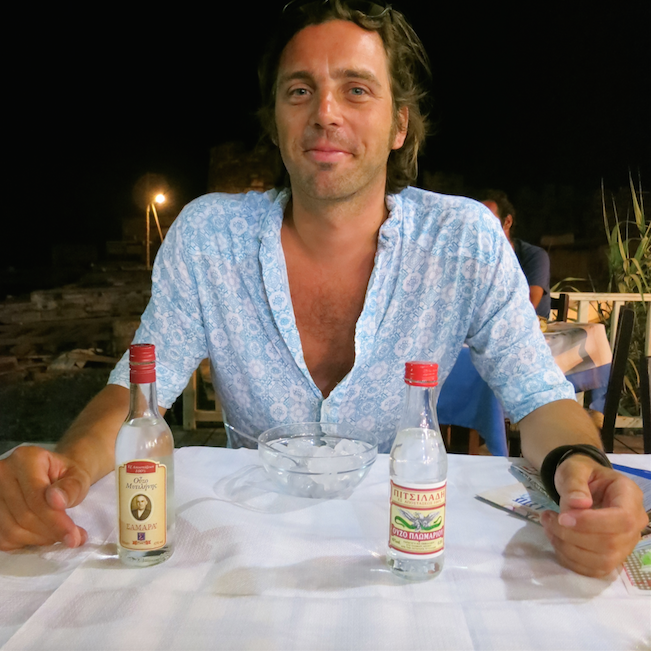
A Machine for Exhibiting In
Atelier Jespers, once again
There was a time when the European avant-garde – including the likes of Wassily Kandinsky and Paul Klee, would pay visits to Atelier Jespers. The villa, designed in 1928 by Victor Bourgeois, a leading modernist architect in Belgium, has had numerous inhabitants over the years, but remained in strictly private use until September of this year, when it resumed its showcase status. The inaugural exhibition united two designers, Gerard Kuijpers and Ben Storms, who, like sculptor Oscar Jespers, the original owner, are enamoured with stone. Their complementary works were displayed on the rooftop and throughout the interior.
It’s a typical street in the residential district of Woluwe in Brussels. Apart from all the classical houses and numerous Art Nouveau elements, one unusual building type can be seen. The house might be nearly 90 years old, but it still looks as contemporary and revolutionary as the day it was built. Sporting a white façade with a lot of windows and elegant curves, it evokes a curvilinear steamboat. The villa is strongly reminiscent of the designs of Le Corbusier. And that should not come as a surprise. The commissioner of the house, Belgian sculptor Oscar Jespers, initially contacted Le Corbusier requesting him to design a workshop and exhibition space.
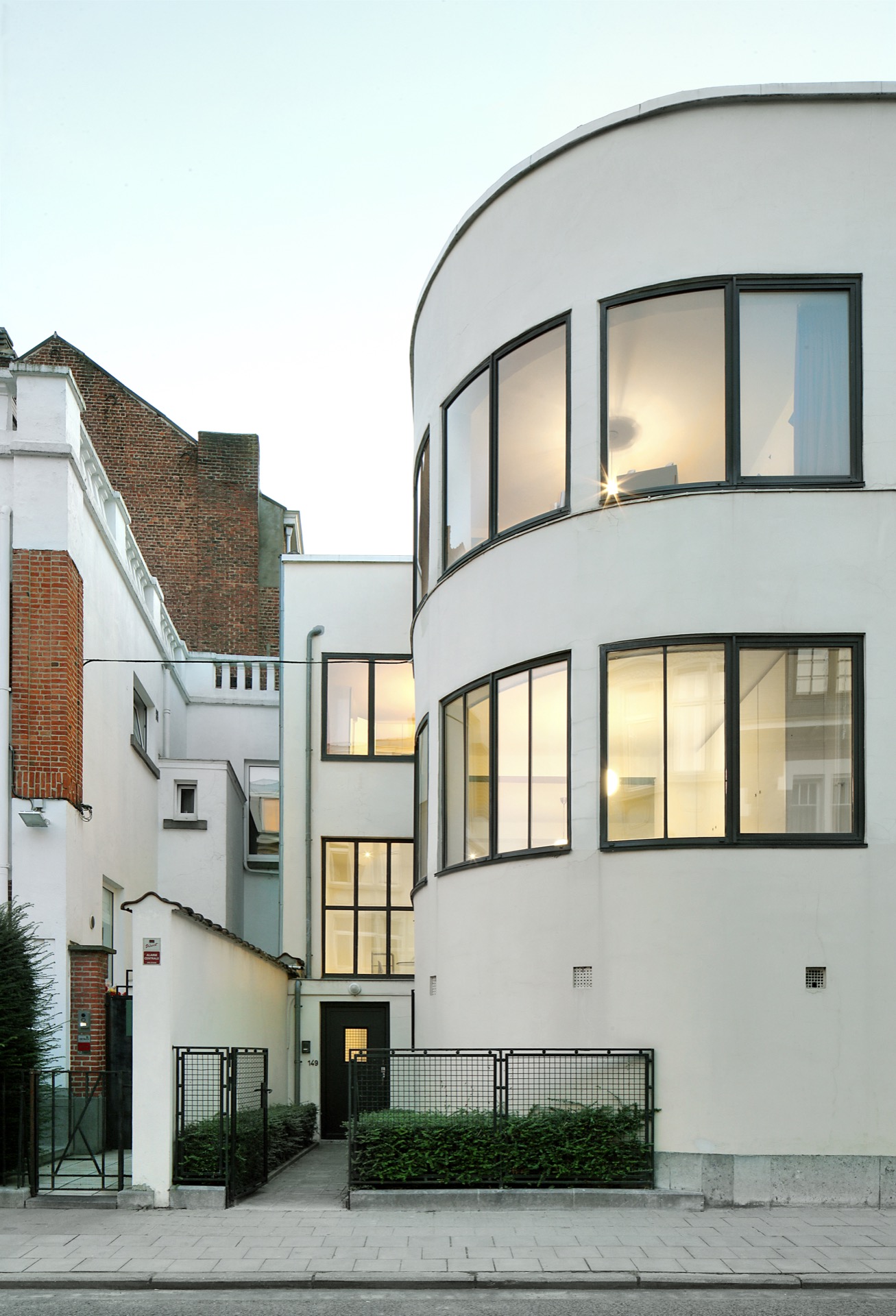
“But the egos of the two men clashed. Well, mainly that of Le Corbusier”, recounts the current resident, Jean-François Declercq, smiling. Jespers, a well-respected artist, had decided to stay in his home country and build an atelier in Woluwe, where he had purchased two plots of land. He appointed architect Victor Bourgois, the most important initiator of modernism in Belgium. He was responsible for the newly built Cité Moderne garden city in the Brussels municipality of Berchem-Sainte-Agathe. The social housing project illustrates his radical vision, which was strongly embedded in modernist theories and influenced – not just a little – by Le Corbusier. Once a utopian beacon, this ‘cité idéal’, with its zigzag-structured houses and beautiful stained-glass windows, now feels more like a dystopia, due to its deteriorating condition. The buildings almost beg to be restored to their former glory.
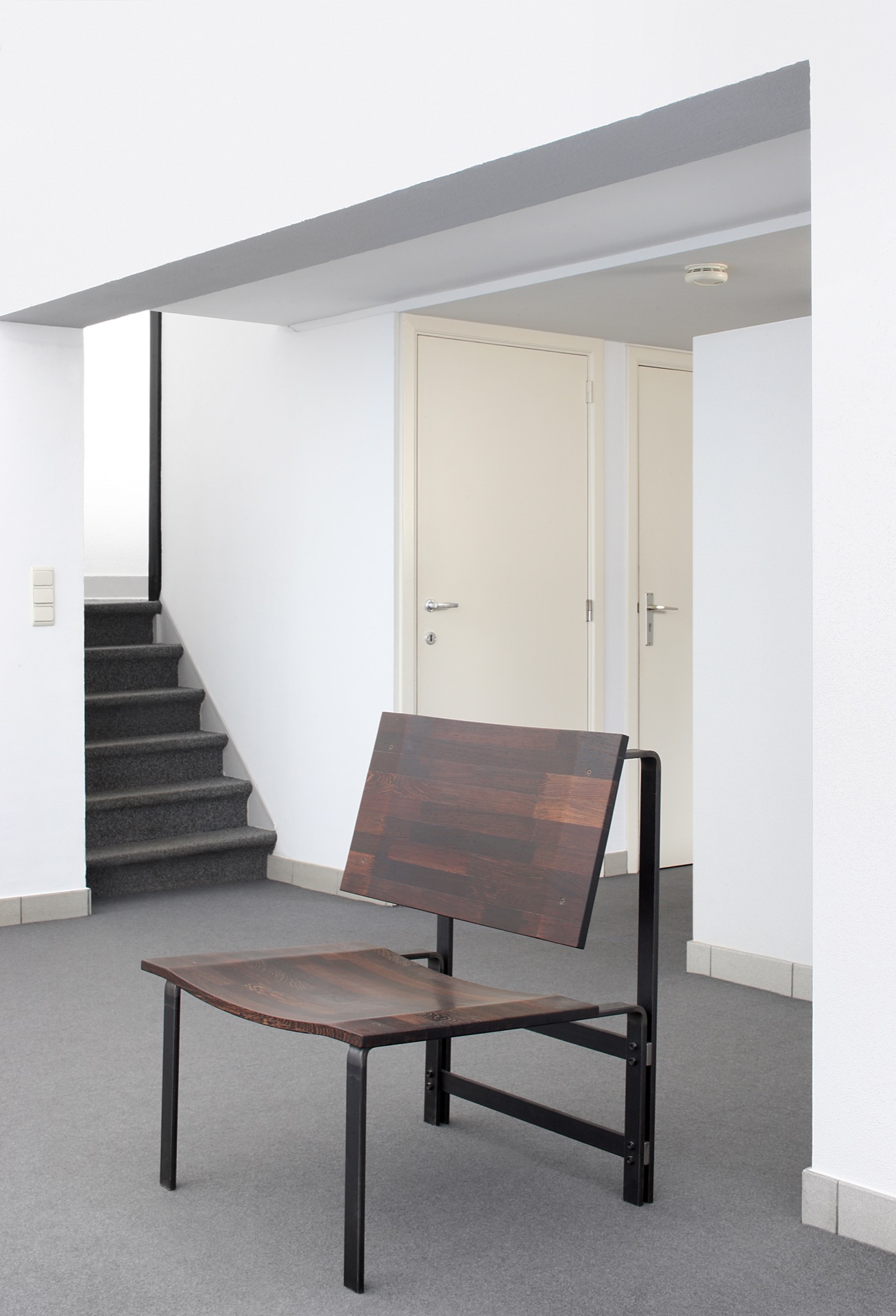
The radicalness of Bourgeois’s proposals was not always appreciated by his contemporaries. The locals in Woluwe, for example, were unprepared for this kind of architecture. So was the municipality, which didn’t immediately grant planning permission, as it found the windows to be disproportionate. “In total, the space is 500 square metres. But the private apartment is only 140 square metres. It was clearly more of a ‘machine for working in’ than ‘a machine for living in’,” quips Declercq. Because Jespers was making monumental sculptures, he needed a lot of space, which explains the initial height of the ceilings. Besides the atelier, which occupied the majority of the ground floor, there were also two exhibition spaces and a private dwelling.
Quickly the house became a meeting point for the European avant-garde, with artists like Kandinsky, Klee, and many others, stopping by. Jespers received guests, fellow artists, and collectors, who all came to admire his work. “The windows were opaque”, informs Declercq. “Jespers did it on purpose so that his clients could not look outside and be distracted. That way they would be focused on his work.” When Jespers died in 1970, his family decided to restore the building, as they realised it would be hard to rent such a big space if only a small part of it could be lived in. After that, the house became a photo lab and then a private dwelling for various tenants, including two journalists from The New York Times and the ambassador of Peru.
For the past two years, Jean-François Declercq, a former design collector (“You think you possess objects, but, in the end, they possess you”), has been living here. “I found the house completely by luck”, he exclaims. It was his decision to open the building to the public by organising three exhibitions a year. “I was asked by Architectural Digest Spain if it could be used for a photo shoot. So I put my furniture away, leaving only a work by Ben Storms. It looked great. I then realised the potential of the space as a gallery. I could never have imagined turning the venue into an exhibition space before that. Now the villa has the same configuration as when the Jespers lived here. For the first time in 45 years, the house had recovered its initial role!”

The first exhibition was held in September and featured the work of Gerard Kuijpers and Ben Storms, two Belgian designers who, not accidentally, work with stone, Jespers’s favourite material. Both men make pieces with a strong, sculptural presence that seems to defy the laws of gravity. Kuijpers is self-taught. He works with rough stones that he finds in a Belgian quarry. “I select the stones in function of their monumentality. I don’t cut them, I just polish and oil them.” He fixes these onto a pedestal, transforming them into a console or table. “You could see these as objects. But they have an added value, because you can touch them. Especially the Dancing Stones.” Items from this last series were displayed on the villa’s roof. With the slightest touch, they would rotate and dance in the air, like mobiles that had forgotten their massive weight. The Dancing Stones don’t have a function, they are pure sculpture. In Kuijpers’s practice, gravity, tension, and equilibrium are key words.
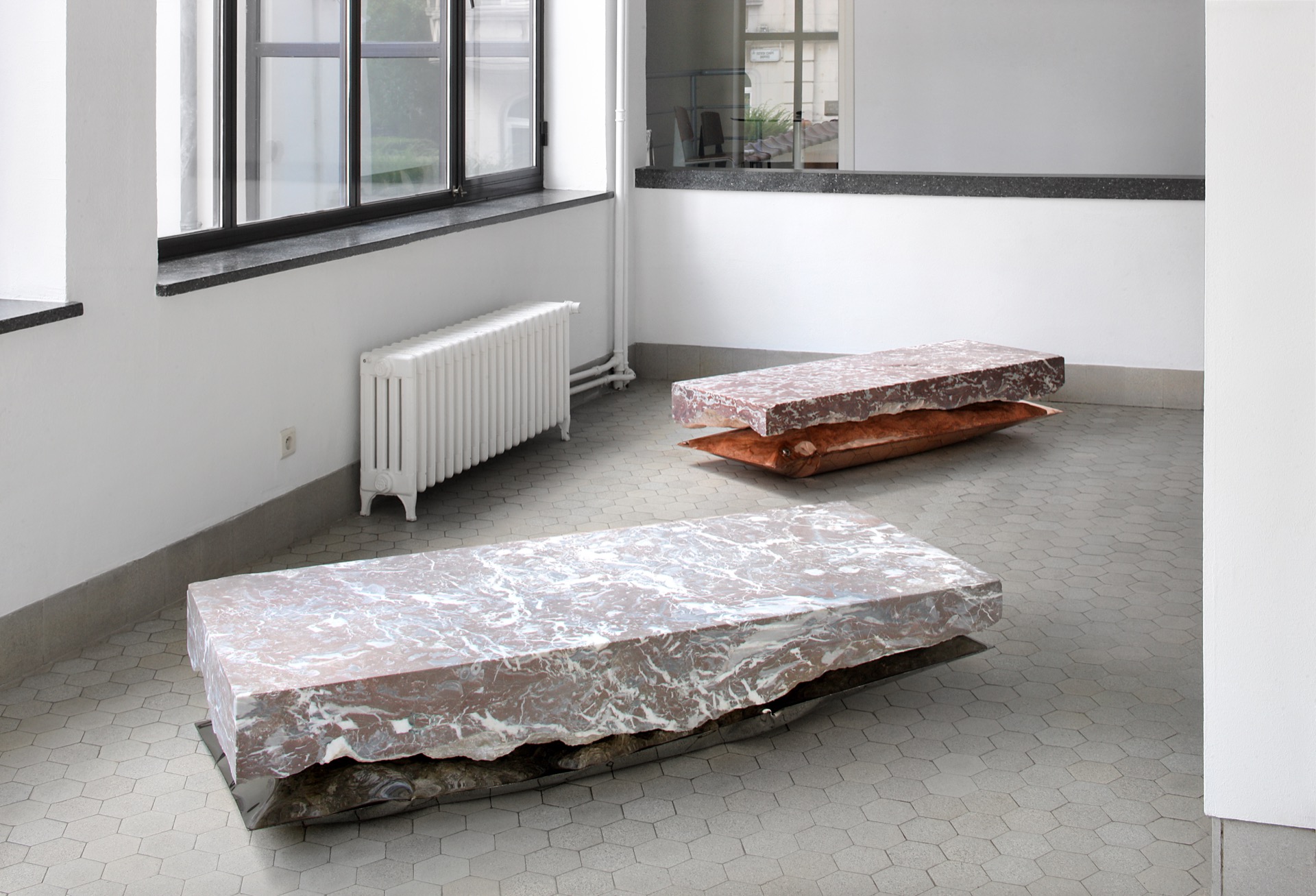
The same holds true for Ben Storms, who graduated just two years ago. Storms comes from a family of stonecutters – his favourite material is marble. Here he presented, among other things, tables with a very thin layer of marble on the top surface and a mirror on the underside. The mirror component makes it possible to cut the marble super thin, a mere 3 to 5 millimetres. The table top rests on trestles and can easily be lifted off and leant against the wall, hence serving as a mirror. “In the Middle Ages, the underside of the tables was often painted with Biblical scenes. When the table was put on its side, it functioned as a painting.” In Storms’s case, echoing our Century of the Self, the table becomes a mirror.

